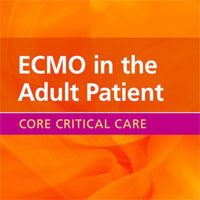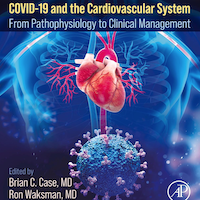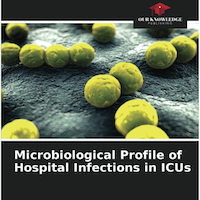Tag: analysis

Delirium and Benzodiazepines Associated With Prolonged ICU Stay in Critically Ill Children
Delirium is associated with a lower likelihood of ICU discharge in preschool-aged children. Benzodiazepine exposure is associated with the development and longer duration of delirium, and lower likelihood of ICU discharge.... read more
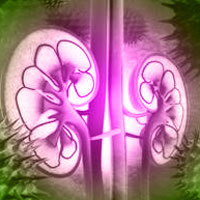
Kinetic Estimated Glomerular Filtration Rate in Critically Ill Patients
Both the Acute kidney injury (AKI) classification system and the nonsteady-state (kinetic) estimated glomerular filtration rate (KeGFR) are complementary to each other. Assessing both AKI stage and KeGFR can help to identify... read more
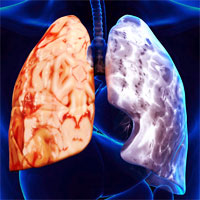
A simple algorithm for the identification of clinical COPD phenotypes
This study aimed to identify simple rules for allocating chronic obstructive pulmonary disease (COPD) patients to clinical phenotypes identified by cluster analyses.Data from 2409 COPD patients of French/Belgian COPD cohorts... read more
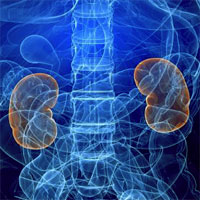
RRT Modality in the ICU and Renal Recovery at Hospital Discharge
In this large retrospective study, intermittent hemodialysis as an initial modality was associated with lower renal recovery at hospital discharge among patients with acute kidney injury, although the difference seems somewhat... read more

Levosimendan in high-risk patients undergoing cardiac surgery
Levosimendan reduces mortality in patients with preoperative severely reduced LVEF but does not affect overall mortality. Levosimendan reduces the need for RRT after high-risk cardiac surgery. Six RCTs were included in the... read more

Immunoglobulin G for patients with Necrotising Soft Tissue Infection
The aim of the INSTINCT trial was to assess the effect of intravenous polyspecific immunoglobulin G (IVIG) compared with placebo on self-reported physical function in intensive care unit (ICU) patients with necrotising soft... read more
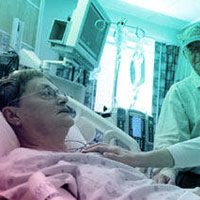
Frailty Association with Perioperative Morbidity in Patients After Ambulatory General Surgery Operations
Frailty is associated with increased perioperative morbidity in common ambulatory general surgery operations, independent of age, type of anesthesia, and other comorbidities. Surgeons should consider frailty rather than chronological... read more

Patient Safety Collaborative Impact on Hospital-Acquired Harm
Improving patient safety often involves multifaceted interventions intended to change complex workflows. This prospective cohort study examined whether a collaborative improvement initiative across 33 pediatric hospitals... read more
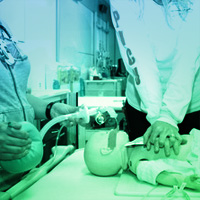
Causes for Pauses During Simulated Pediatric Cardiac Arrest
Pauses in cardiopulmonary resuscitation occurred frequently during simulated pediatric cardiac arrest, with variable duration and underlying causes. A large percentage of pauses were greater than 10 seconds and occurred more... read more

Glycemic control, mortality, and hypoglycemia in critically ill patients
Network meta-analysis showed no mortality benefit of tight glycemic control in critically ill patients, but fivefold more hypoglycemia versus mild or very mild control. Thirty-six randomized trials (17,996 patients) were... read more

Don’t Just Do Something, Stand There!
An excellent analogy on how doing nothing can be the best option. Penalty kicks in soccer can make fans crumple with anguish or weep with elation. The kicker sends the ball rocketing toward the goal and goalkeepers lunge... read more
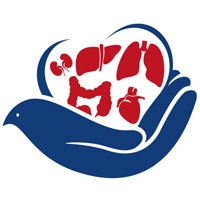
Clinicians’ Perception and Experience of Organ Donation From Brain-Dead Patients
ICU clinicians are primarily involved in organ donation after brain death of ICU patients. Their perceptions of organ donation may affect outcomes. Our objective was to describe ICU clinician’s perceptions and experience... read more

5-Year Trends of Critical Care Practice and Outcomes
According to researchers in the U.S., analyses of patients, practices, and outcomes from a large geographically dispersed sample of adult ICUs revealed trends of increasing age and acuity, higher rates of adherence to best... read more

Association Between Survival and Time of Day for RRT Calls
Rapid response team activation is less frequent during the early morning and is followed by a spike in mortality in the 7 AM hour. These findings suggest that failure to rescue deteriorating patients is more common overnight.... read more
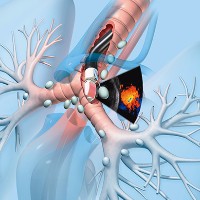
Endobronchial Ultrasound-guided Transbronchial Needle Aspiration
EBUS-TBNA is a safe procedure. The highest complication rate reported is 1.44%. Additionally, the scope damage could be encountered in 1.33% of cases and occasionally the TBNA needle could malfunction. The complications are... read more

COPD Patients Who Live Alone are Less Active
Patients with chronic obstructive pulmonary disease (COPD) who live with a spouse, partner, or other caregiver are more active than patients who live alone, and are also more likely to participate in pulmonary rehabilitation... read more
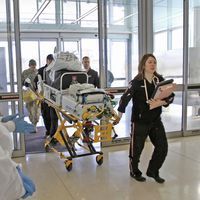
Safety Hazards During Intrahospital Transport
A prospective observational study. Data from participant observations of the intrahospital transport process were collected over a period of 3 months. Findings suggest that intrahospital transport is a hazardous process for... read more







